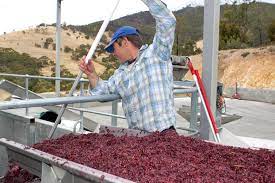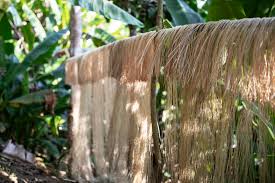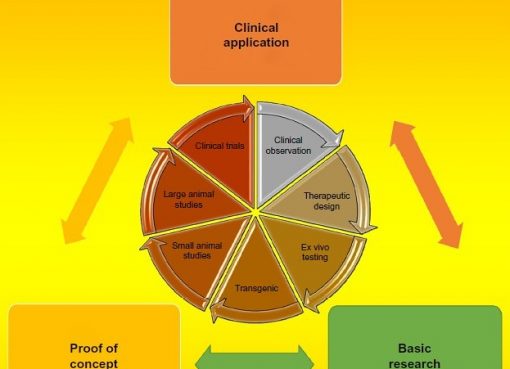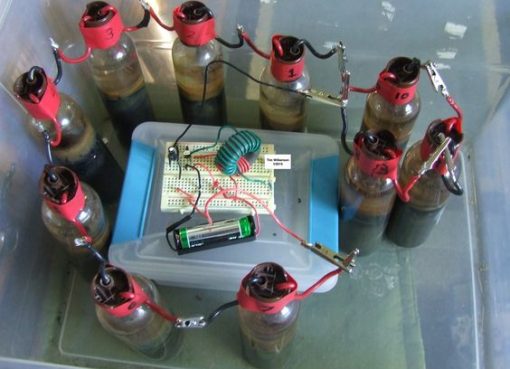Siddhartha Shankar Pathak*1, Simson Soren1 and Sushmita Das2
1 Assistant Professor, 2Internee,
Lakhimpur College of veterinary science, Assam Agricultural University,
Joyhing, North Lakhimpur,787051
INTRODUCTION
The imbalance in the world economy due to ongoing wars, natural calamities, population expansions etc. has created a wide gap in the demand and the product availability shared by both human and livestock. The conventional feed used for livestock feeding are also of value to human. In poultry rearing, feed constitutes around 50-65% of the total expenditure. Farmers rearing small number of poultry cannot purchase feed in higher prices by compromising their daily needs. This has adversely affected the overall growth and performance of chickens which has caused the farmers to opt out of this farming sector. Use of non-conventional feed resources (Rice kani, tapioca meal, sesame meal, MOC, Soyabean meal etc. for the poultry is an alternative for reducing the feed cost. These non-conventional feed resources (NCFR) can be used only upto some extent in the feed formulations due to presence of anti-nutritional factors. These antinutritional factors must be neutralized before addition of NCFR in feed formulations. Fermentation is a method in which the feed resources are soaked in water by addition of fermenting bacteria. Benefits of fermented feed in the pig farming have been well-perceived by the farmers. The uses of fermented feed in the poultry industry are gaining popularity mostly among the farmers in rural areas, which has tremendously decreased the prices incurred in poultry rearing. Another reason to opt for fermented feed is the growing interest in limiting the use of antibiotics in livestock and poultry rearing.
WHAT IS FERMENTATION AND HOW IS IT DONE?
Although the term “fermentation” is well-known and is an age-old practice, it is now gaining popularity in the field of animal nutrition. “Fermented feed” is a probiotic-rich wet feed mesh created by lactic acid fermentation. The fermented whole grains provide good gut health and natural probiotics to the body. During this process, the feed is packed full of good bacteria and yeasts. A series of chemical changes occur in the feed upon addition of wild yeasts and bacterial cultures. As the process of fermentation progresses, there is growth of Lactic Acid Bacteria (LAB) in the feed. These LAB will feed the sugars present in the grain and start to multiply there. The lactic acid helps to make the environment unsuitable for harmful bacteria to thrive there; what remains in the fermented chicken feed are the beneficial microbes. Fermenting of feed can be done at any time of year.
Different reports have identified and validated that fermentation outcomes can be highly variable and appear to depend on the characteristics and the nature of the substrates used (Canibe and Jensen, 2012). There are two methods of fermentation: solid-state fermentation and submerged state fermentation. In solid-state fermentation, solid grains are used, which are used later on along with the dry feed. In submerged state fermentation, liquid such as molasses and wet distiller’s grains are used. The method used in submerged state fermentation is used predominantly in the propagation of probiotics. While going for the fermentation process in the winter season, a steady temperature of 70-75 degrees Fahrenheit favourable for the growth of LAB should be maintained.
FERMENTED FEED AND ITS PERFORMANCE
An analysis by Engberg et al. (2009) on the effect of supplementation of fermented feed at the level of feed water ratio (1:1.2 to 1:1.4) in layers (Babcock) has recorded an increase in egg weight, thicker shells, and bigger and better-quality eggs along with formation of a shield to E. coli and Salmonella. Another research conducted by (Ziyad et al., 2019) also reported an improvement in the egg weight with an increase in the number of chicks upon feeding fermented wet feed to Ross 308 broiler breeders.
Improvement in the disease resistance upon feeding fermented feeds is well-documented by Gao et al. (2009), who observed that the circulating antibodies were induced with an increase in the mucosal immunity in broiler chickens. A meta-analysis effect, that is an increase in the numbers of lactobacilli count in the intestine was observed, which resulted in improvement of mucosal morphology of chickens fed with fermented feed. A significant improvement in the intestinal structure of the broilers (villi length, villus to the crypt depth ratio, as well as higher body weight) are expected to help in overall increase in body weight of the birds with better digestibility of fermented feed (Saad et al., 2016).
CONCLUSION
With the growing interest in using the unconventional feed resources in the poultry diet, fermented feeds can be an alternative for reduction in feed costs, increased meat production and performance efficiency of poultry by regulating antinutritional factors, low protein energy and higher fiber level in the unconventional feed resources. The farmers can take advantage of this method in getting maximum output with less input expenditure keeping in mind that if not properly done, it can be deleterious to the birds’ health. A thorough study on the quantity and the types of strains to be used and the cost-effectiveness of the procedure needs to be done to have an conclusive assessment of the utility of fermented feeds in poultry.
REFERENCES
Canibe, N. and Jensen, B.B. (2012). Fermented liquid feed-Microbial microbial and nutritional aspects and impact on enteric diseases in pigs. Anim. Feed Sci. Technol. 173(1-2): 17-40.
Chiang, G.; Lu, W.Q.; Piao, X. S.; Hu, J. K.; Gong, L. M. and Thacke, P.A. (2010). Effects of feeding solid-state fermented rapeseed meal on performance, nutrient digestibility, intestinal ecology and intestinal morphology of broiler chickens. Asian Australas J. Anim. Sci. 23: 263-271
Engberg, R.M.; Hammershøj, M.N.; Johansen, F.; Abousekken, M.S.; Steenfeldt, S.B and Jensen, B. (2009). Fermented feed for laying hens: effects on egg production, egg quality, plumage condition and composition and activity of the intestinal microflora: Br. Poult. Sci. 50(2):228-39. doi: 10.1080/00071660902736722
Gao, J.; Zhang, H.J.; Wu, S.G.; Yu, S.H.; Yoon, I.; Moore, D.; Gao, Y.P.; Yan, H.J. and Qi, G.H. (2009). Effect of Saccharomyces cerevisiae fermentation product on immune functions of broilers challenged with Eimeria tenella. Poult. Sci. 88(10): 2141-2151.
Saad, A.; Naji, Al-Z.; Hasan, I.F.B.; Jawad, S.A. and Al-Gharawi, J.K.M. (2016). The effects of fermented feed on broiler production and intestinal morphology. Pertanika J. Trop. Agric. Sci. 39(4): 597 – 607.
Ziyad, T.M.; AL-Dhanki, W.I.; AL-Jugifi, A.F.M. and AL-Enzy (2019). Impact of feeding fermented wet feed on broiler breeder production performance and some hatchability traits. Int. J. Poult. Sci. 18: 116-121.
Author Information:
- Name of the Author/Authors: Siddhartha Shankar Pathak1, Simson Soren1 and Sushmita Das2
- Designation of Author/Authors: 1Assistant Professor, 2Internee
- E-mail ID of Author/Authors :
1sidd.89@aau.ac.in ; simson.soren@aau.ac.in ; 2 susmitadas0970@gmail.com
- Name and address of the Institute to which the Author/Authors are associated:
Lakhimpur College of veterinary science,
Assam Agricultural University,
Joyhing, North Lakhimpur, 787051
Ph no. +91-7578871630




